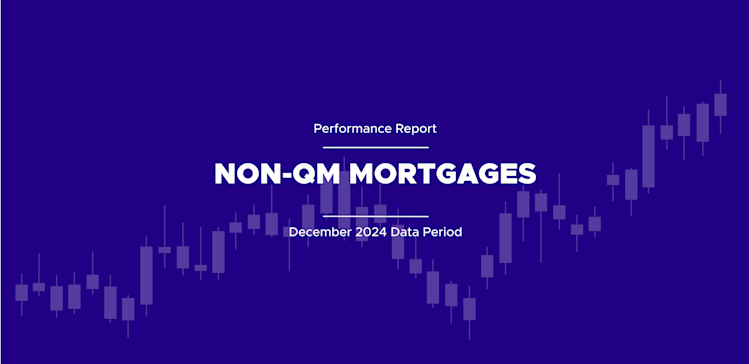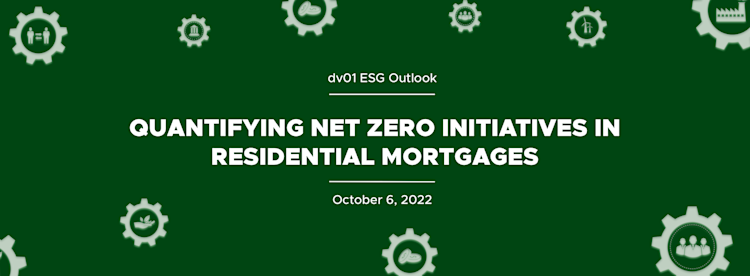esg
2022 ESG in Structured Credit Recap and Outlook
7 December 2022

After years of growth across financial markets, sustainable investing practices came under fire from politicians and regulators. ESG investing in structured credit also hit speed bumps as market participants shifted priorities due to the slowdown of securitizations amid a rapidly rising rate environment. However, overall industry trends and regulatory actions indicate that these blips will not derail ESG integration.
ESG Sentiment Grows Among Institutional and Retail Investors
According to a FTSE Russell survey, 86% of institutional asset owners are implementing sustainable investing strategies, up from 76% in 2021, a trend we expect to continue as markets mature and investors solidify ESG integration approaches.
Institutional investors’ ESG efforts have outpaced retail investors, but sentiment is changing. Stanford Business School released a survey that showed that 70% of millennials and Gen Z investors were “very concerned” about environmental issues, while nearly two-thirds were “very concerned” about social issues like diversity, income inequality, and workplace conditions. As these groups move into their peak earning years, the trajectory indicates an acceleration of ESG adoption.
Unsurprisingly, trends among asset managers have moved in lockstep with asset owners. A separate survey from Russell Investments, noted that asset managers continued to expand ESG-dedicated staff and participation in sustainability industry groups like the UN PRI, TCFD, and CDP. dv01 expects ESG adoption to continue as regulators, including the SEC, heightens its focus on ESG disclosures and the DOL eases restrictions for investors.
How dv01 Can Help You Develop and Execute Your ESG Strategy
With current data indicating that the recent politicization of ESG investing seems unlikely to overwhelm the momentum, the industry needs to focus on trusted data and comprehensive sustainability frameworks, both of which Russell noted as obstacles, specifically for securitized assets. As we’ve documented, the diversity of collateral and the number of borrowers in structured credit vehicles present unique challenges to ESG integration. dv01’s ESG Impact Intelligence solves these issues by delivering loan-level ESG attributes across asset-backed securities. We append environmental and social factors to every loan in a securitization or whole loan portfolio, allowing investors to deepen their ESG analysis via 50+ data points.
We continue to enhance our offering as the structured credit market matures in its approach to sustainable investing. We were excited to add GHG emissions estimates for RMBS, solving one of the biggest issues in the space. Using data from the Energy Information Administration, we initially provided details on the fuel sources powering residences, illustrating the amount of renewables and fossil fuels consumed by utility providers. Leveraging that dataset, we established a methodology to estimate the amount of greenhouse gas emissions for homes within a utility’s service area. Investors and issuers alike can now begin to provide stakeholders with estimated financed emissions associated with RMBS portfolios.
As more institutions commit to Net Zero initiatives, asset managers increased carbon-related reporting, but only 8% of managers reported for securitizations, severely lagging equities (76%) and IG corporate bonds (59%). Not only does this new data fill a significant gap, but, our research from the same dataset showed a meaningful relationship between renewable energy power sources and prepayment speed. Our research efforts will continue to explore similar findings.
On the social side, we added the ability to identify loans in historically redlined areas. While the practice was outlawed in 1968, many of the redlined neighborhoods have never rebounded or prospered like other communities. The National Community Reinvestment Coalition showed that 74% of areas designated as Hazardous remain low-to-moderate income areas, while the 91% of Best areas are middle-to-upper income neighborhoods today. This new data allows investors another layer of detail to evaluate how their capital impacts underserved areas.
Given the asset management industry’s continued focus on sustainable investing and ESG initiatives, we expect the structured credit space to continue to mature in 2023. We’re looking forward to the SFA’s progress on establishing ESG frameworks and guidance on disclosures from the SEC. We’re continuing to build out our data offering and working with issuers and investors to develop or fine-tune their analysis of ESG factors across the structured credit space.

